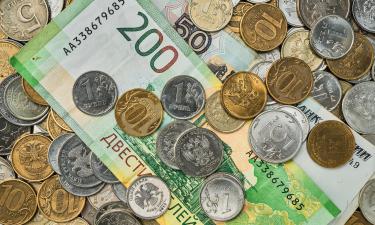International geothermal seminar in "Land of volcanoes and geysers"
Kamchatka, a peninsula in the northeast Asian part of Russia, washed by the Bering Sea in the east and the Sea of Okhotsk in the west, called "the land of geysers" for its numerous unique geothermal springs, should more actively develop alternative power sources, believes Anatoly Chubais, head of the United Energy Systems of Russia, RAO UES. He was speaking at an international geothermal seminar in the administrative center of the Kamchatka region, Petropavlovsk Kamchatsky, on Tuesday (time difference with Moscow is +9 hours).
"Today Kamchatka has one of the highest in Russia tariffs for heating and electricity," Chubais said. "The tariffs are inflated by transport costs to ship fuel to the peninsula".
"Development of geothermal power industry will allow lowering tariffs significantly and lessening Kamchatka's dependence on fuel supplies," he believes.
In the last five years the problem of Kamchatka geothermal power has been attended to. RAO UES has built two environmentally friendly power plants on the peninsula that work on natural hot springs.
At present Russia's share in geothermal power produced in the world amounts to 10 percent, but, Chubais believes, "it can and must be much higher".
The two-day seminar that opened in Petropavlovsk Kamchatsky on Tuesday is attended by about 170 people from 16 countries.
They will discuss economic, technical and scientific issues of developing geothermal power industry. Also, they will consider promising technological solutions to use the power from the heat of the Earth, as well as projects to develop geothermal resources in Russia, the CIS and Europe.
Geothermal power industry is an environmentally friendly way to produce heating energy and electricity; geothermal resources of the Earth are used in 58 countries. Global geothermal electricity production equals 50 terawatt per hour. Russia has three geothermal power plants (all in Kamchatka), with the aggregate capacity of 73 megawatt.
Subscribe to Pravda.Ru Telegram channel, Facebook, RSS!





